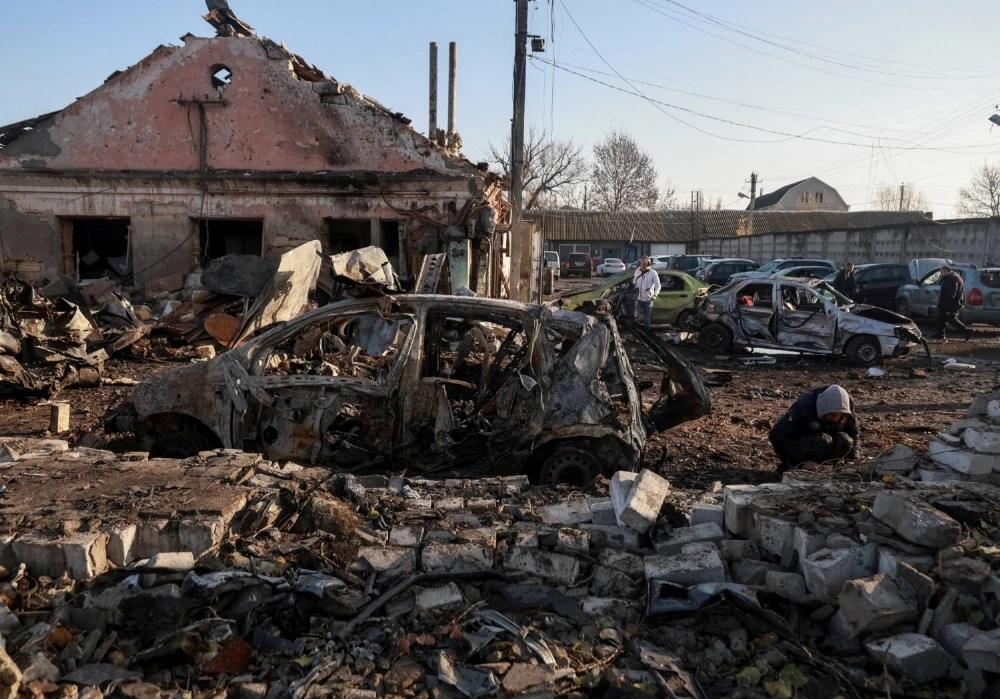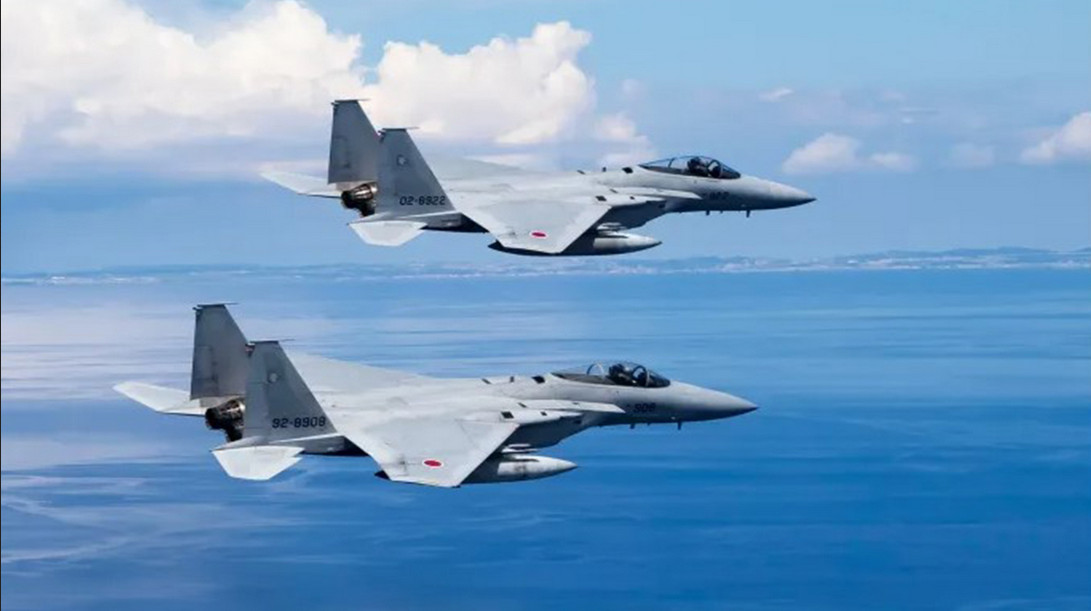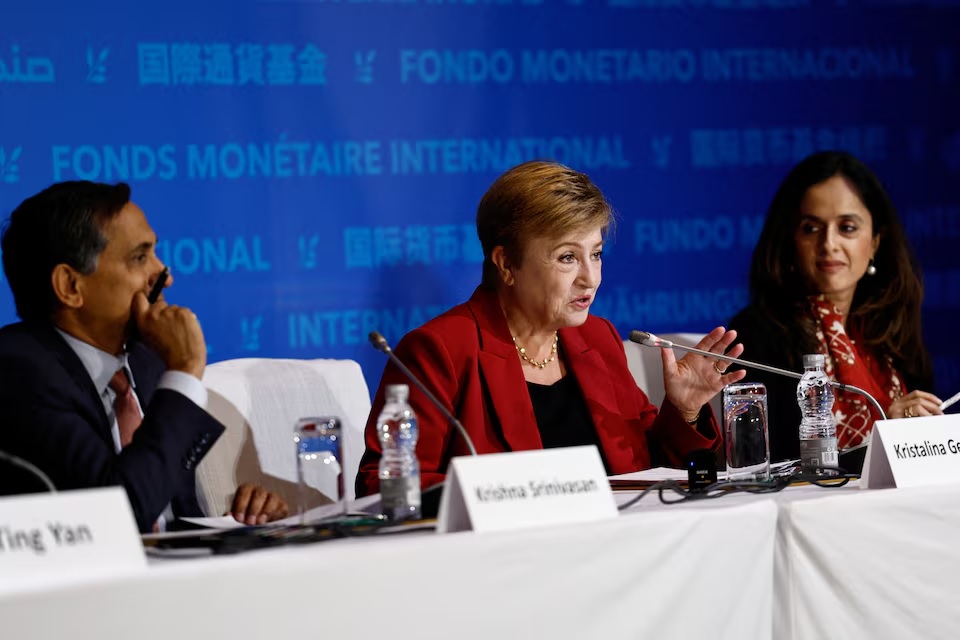Leaked U.S. Ukraine Peace Plan Piles New Pressure on Zelenskyy

Draft deal redraws lines on the map
Escalating pressure on Kyiv and its allies is reshaping the diplomatic debate over how the war in Ukraine might end. A leaked 28-point peace framework backed by Washington, and strongly associated with President Trump’s inner circle, would lock in many of Russia’s battlefield gains while demanding painful concessions from both sides. Kyiv, Moscow and key European capitals are now poring over the text, weighing whether it represents a realistic off-ramp or a blueprint for a frozen conflict that rewards aggression. Ukrainian President Volodymyr Zelenskyy has signalled he is willing to study the plan, but insists that any settlement must preserve his country’s sovereignty and dignity, not simply ratify military setbacks on the ground.
At the heart of the document are proposals that would redraw Ukraine’s borders in Russia’s favour. Ukraine would be asked to formally cede remaining parts of the Donetsk region, including heavily fortified cities it still controls, and to accept Russia’s 2014 annexation of Crimea as irreversible. The plan would also recognise Russian control over most of the territory seized since the full-scale invasion in 2022, effectively enshrining nearly a fifth of Ukraine as Russian land. In exchange, Russia would be expected to pull back from limited areas where its forces remain over-extended, and to accept international monitors along new demarcation lines. For many Ukrainians, this amounts to codifying the loss of communities that have resisted occupation for years, and could be politically impossible to sell at home.

Security guarantees and neutrality demands
The framework also reaches deep into Ukraine’s future security posture. Draft provisions would bar Kyiv from joining NATO and place strict limits on the size and range of its armed forces, including caps on long-range missiles and some air-defence systems. Supporters of the plan argue that these constraints, backed by security guarantees from the United States and European partners, could reduce Russia’s perception of threat and create space for reconstruction. Critics counter that a permanently neutral and demilitarised Ukraine would remain vulnerable to renewed pressure once global attention moves on. They warn that Moscow has broken past security assurances, and that any deal which curtails Ukraine’s right to choose its alliances risks undermining European security more broadly.
European governments are split over how to respond. Some officials, particularly in countries anxious about defence budgets and energy shocks, see value in at least testing whether the Kremlin is serious about a negotiated end to the war. Others, including leaders on NATO’s eastern flank, fear that endorsing the draft would signal that large-scale conquest in Europe can succeed if pursued long enough. They emphasise that Ukraine, not Washington or Brussels, must take the final decision, and caution against pressuring Zelenskyy into an agreement that his public views as capitulation. Public opinion across the continent is equally fragile: support for Ukraine remains high, but fatigue is growing as the conflict enters yet another winter.

For Kyiv, the calculations are especially stark. Ukrainian officials know that continued Western military aid depends on maintaining trust in their strategic judgment, yet they also face a population that has endured mass casualties, displacement and infrastructure attacks in the name of defending territorial integrity. Zelenskyy has warned that any peace which trades land for temporary calm could destroy that trust and fracture the country politically. His advisers are therefore trying to keep multiple tracks open at once: exploring possible amendments to the U.S. plan, pushing their own ten-point peace formula that demands full withdrawal of Russian troops, and preparing for the possibility that no diplomatic breakthrough will come soon. The debate over the proposal has already become a test of how much leverage Ukraine still holds in its most important capitals, and how the balance between principle and pragmatism will be struck as the war grinds on.






















